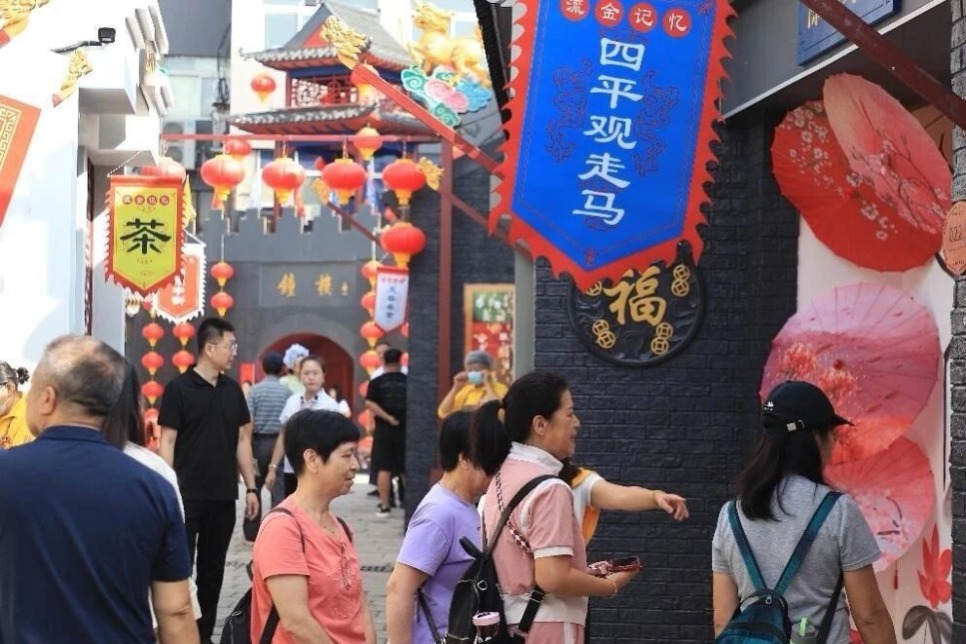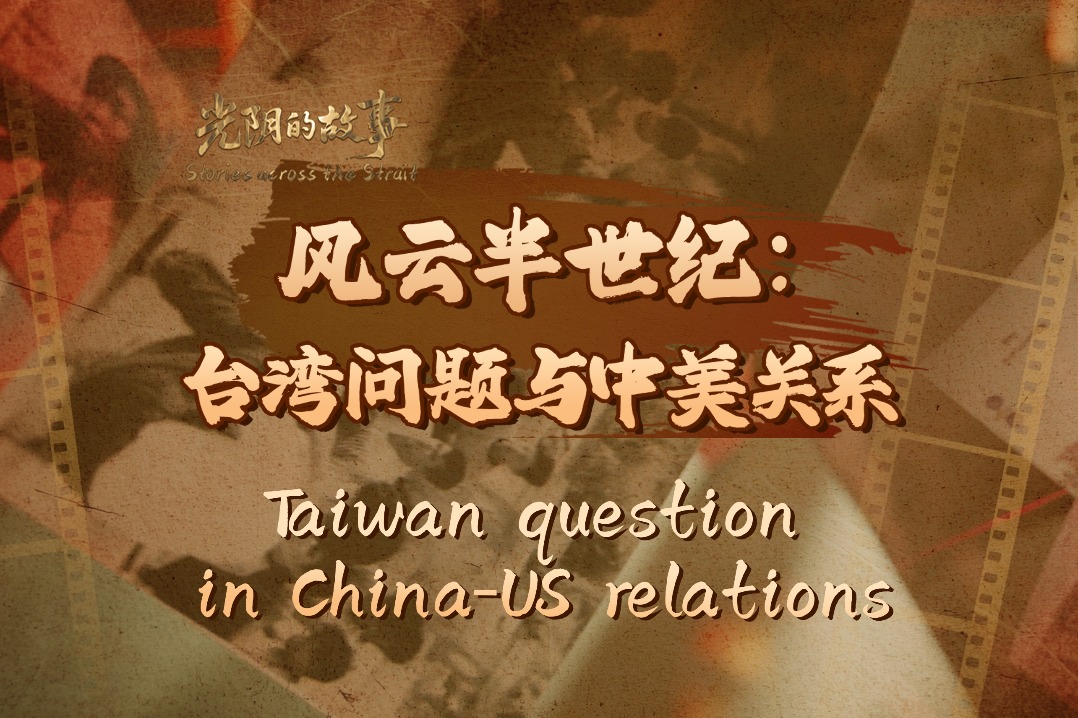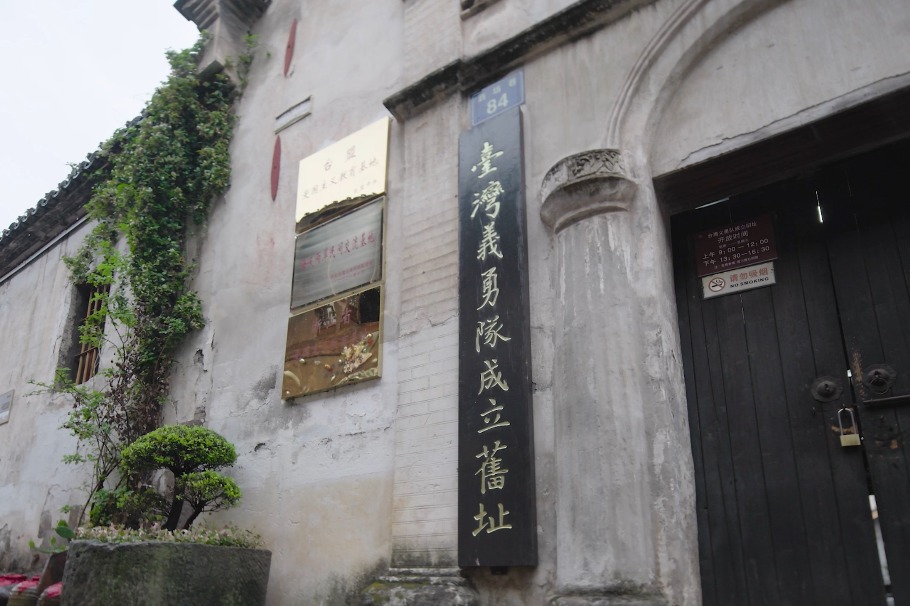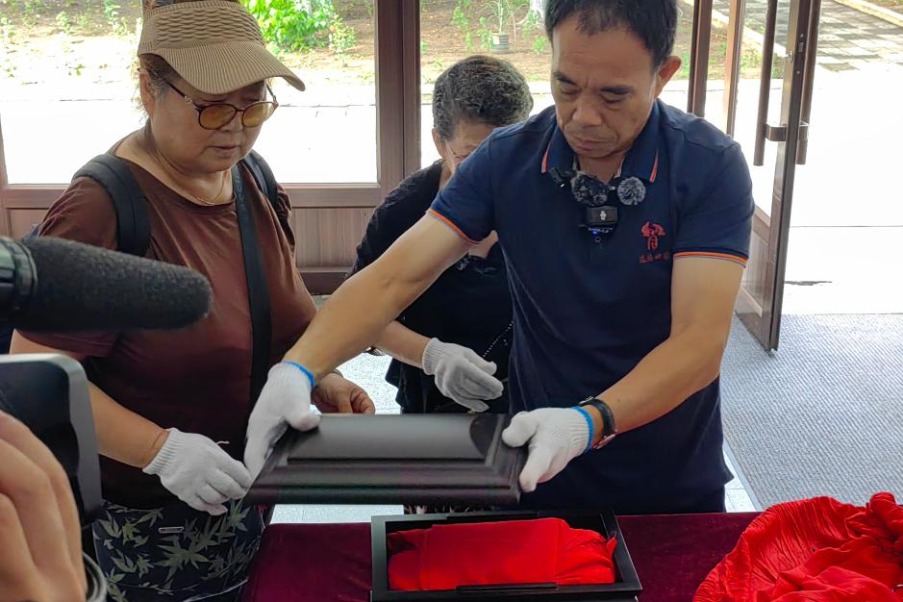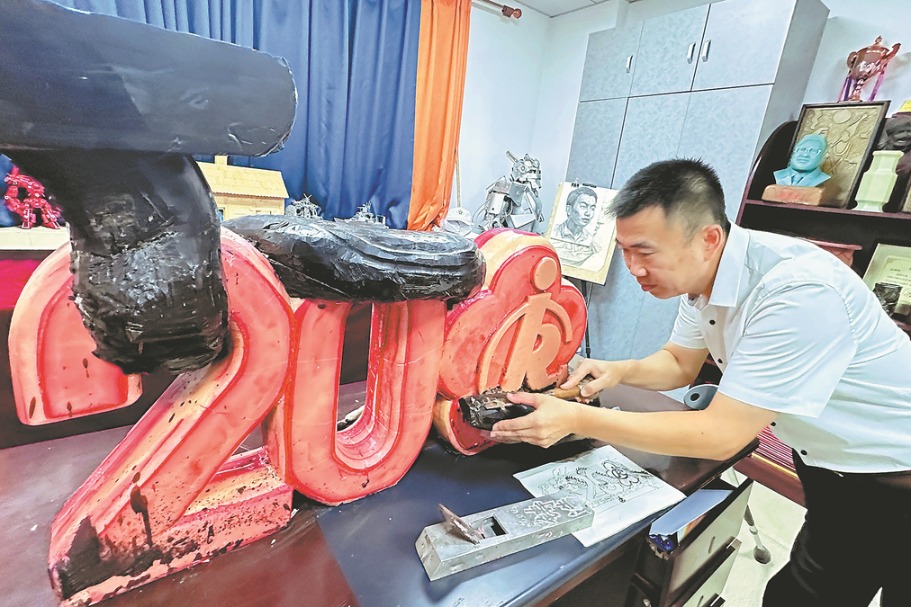Reference to Zhang Heng 'earthquake device' removed from textbooks

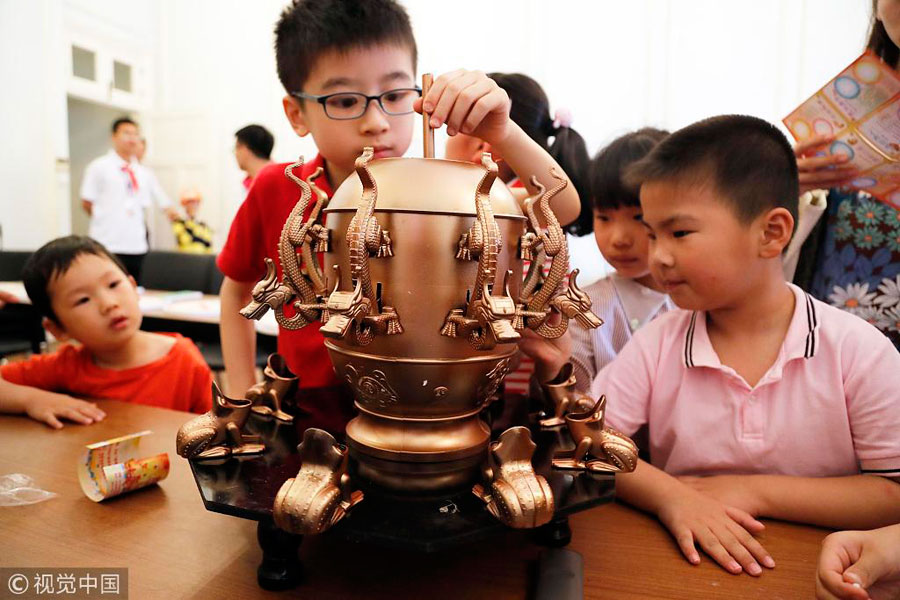
The device was like a bronze bucket upside down, with eight bronze dragons carved on its exterior, pointing to eight directions. Each dragon had a bronze ball inside its mouth.
Below each dragon, there was a bronze frog sitting there, its mouth wide open. In case an earthquake happened at any of the directions, the dragon at that direction would open its mouth, and the ball would drop into the mouth of the frog.
By far, the only records about that historical "earthquake device", accredited to Zhang Heng in the Han Dynasty (206 BC – AD 220), were a few hundred words in historical books in later periods. Yet after an historian manufactured a model following the records in 1951, the "earthquake device" remained in the textbooks of primary and secondary schools was taught to generations of people, despite scientists' challenges to its usefulness and practicality.
The device recently caused an "earthquake" in the public opinion sector because some media outlets reported it has been deleted from secondary school history textbooks used nationwide. According to the People's Education Press, instead of deleting it, they moved it to textbooks for primary school pupils.
Two experts shared their opinions with China Daily's Zhang Zhouxiang.
Fan Xiao, a senior engineer at the Sichuan Bureau of Geology & Mineral Resources
There is no need either to blindly worship China's ancient technological achievements nor to look down upon them. Some of them might have been miracles in their era, but now they are useless, which does not affect their greatness in history.
Specifically about the "earthquake device", it is too early to say it was effective because historical records had no details about how it worked; There is even no solid evidence about whether the model manufactured by the historian in 1951 is similar to the one made by Zhang.
More importantly, quite a high percentage of people have misunderstood Zhang's "earthquake device" as an "earthquake forecaster", while actually all it was designed for was to remind people the general direction of earthquakes that already happened. Those hyping it up as "exceeding modern technologies" are ridiculous, too, because modern earthquake observatories can easily perform the job by recording earthquake waves.
Yuan Lanfeng is an associate professor of chemical physics at the University of Science and Technology of China, as well as a pop-science writer
Information about Zhang's "earthquake device" is so inadequate that by far we cannot be sure how it was made and how it worked, even whether it actually worked. In this case, it is advisable to delete it from history textbooks, which are considered true records about history.
Yet that should not darken Zhang's achievements. There is solid evidence of the existence of one of them, the armillary sphere, which helped ancient Chinese astronomers gain knowledge about observing the sky at night.
Besides, Zhang's case also shows a sad fact about China's history, in which scientists were hardly given any attention. Zhang is now well-known for his scientific achievements, but in his era, they only cared about his achievements as a writer, as well as a politician. It is a pity for ancient China's technological progress.
- Xinjiang records historic achievements in all undertakings: official
- Explainer: Essence of CPC's guidelines for governing Xinjiang in new era
- China releases white paper on advancement of women's development
- Chinese scientists develop 'NeuroWorm' fiber for neural monitoring
- China central government allocates more than 4 trillion yuan to Xinjiang since 2012: white paper
- Xinjiang guarantees religious freedom, lawfully administers religious affairs: white paper



















